


(Left) dweLED by WAC Lighting Trick Box Black 1-light 47'' Wide LED Island Light and (Center) Fontana Arte Pinecone 20'' Wide Pendant Light, Available from TopModern
Choosing new lighting for your home can be a daunting task, especially when its interior has recently been updated. It can be difficult to determine which light best fits your home’s interior, your lighting needs and your personal aesthetic. Many leave lighting as their last home decor decision. This is despite the fact that lighting offers the most dimension, contrast and depth of any other element. In recent years, options surrounding accent lighting -- particularly pendant and overhead lighting -- have grown and diversified significantly. Modern residential lighting is awash with juxtapositions. The lighting industry offers “smart home technology” while interiors professionals turn towards antiques and vintage-inspired designs. Many lights are composed of synthetic, 3-D printed materials while others boast all-natural, organic elements. From an aesthetic point of view, the styles of shades, intensities of bulbs and sizes of frames all vary from light to light. With a multitude of options, choosing the best modern ceiling lighting for your home can feel overwhelming. Follow below for our 2020 “Best Modern Ceiling Lighting” buying guide. Our guide is designed to set you on a path towards a more beautiful home interior!
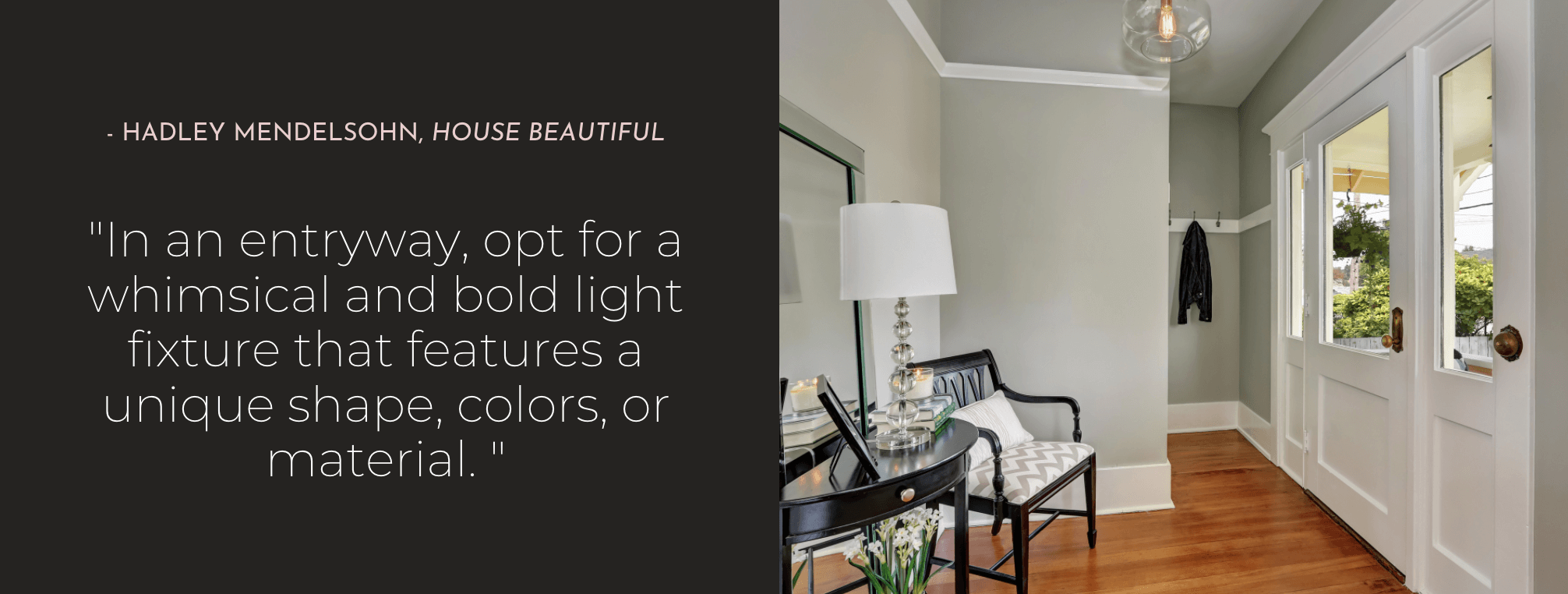
Determining the right type of overhead lighting fixture for your space will depend -- first and foremost -- on where you plan to place it. Will your new ceiling light hang above the kitchen table? Should your ceiling light be recessed into the ceiling of your bedroom? Are you planning to place it in a dark hallway? The location of your new ceiling light will affect all following decisions. These decisions will include everything from the type of fixture needed to the proper levels of power and luminosity. It will also determine how many lights are needed to effectively light the space. As you approach choosing a new ceiling light, remember that layered, dimmable lighting is the best way to light any residential or commercial space. As such, be sure to consider how your ceiling light will interact with table lights, wall lights and floor lights before choosing.
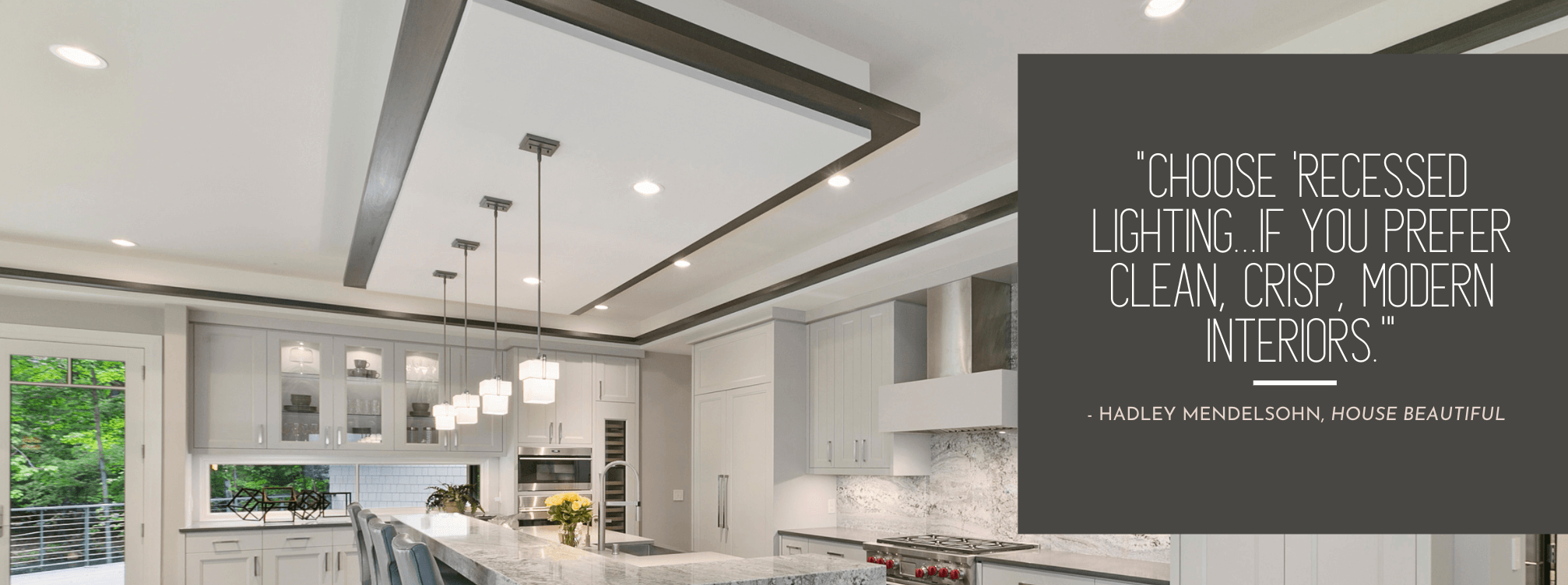
Residential overhead lighting is available in many forms -- from rows of recessed lights to impactful, singular pendant lights. If you want to make a statement, you might choose a pendant light. On the other hand, if you prefer more subtle lighting, you might choose recessed lighting. Follow below to learn more about the different types of fixtures available for ceiling lighting and how to choose the right pieces.

(Left) George Kovacs Spiked Painted Bronze / Natural Brush Brass 6-light 30'' Wide Crystal Pendant (Center) Troy Lighting Odyssey Carbide Black and Polished Nickel Four-Light 24'' Wide Pendant Light (Right) Nuevo Tristan Seven-Light 55.5'' Wide Pendant Light, Available from TopModern
Pendant light fixtures are best for vaulted ceilings because they can be elegantly dripped from a high mounting point. They can do this without disappearing or losing their aesthetic effect. They are especially appropriate for tall, thin ceilings -- e.g. those in an entryway or hallway -- as they offer a significant, memorable impact on viewers. For high ceilings, consider pendant lights with multiple clustered, stacked or cascading elements like those pictured above.
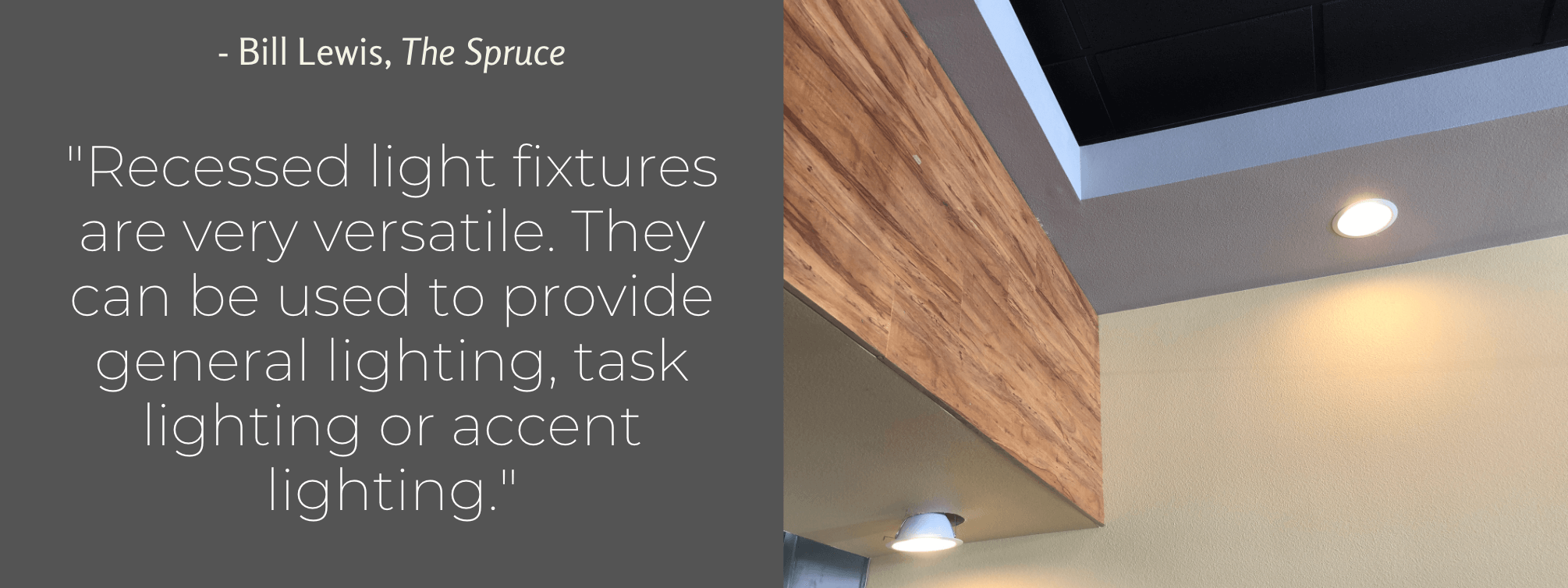
An alternative to pendant lighting, recessed lighting offers a no-fuss approach to residential interior design. Recessed lights are ideal for low ceilings, small apartments and crowded spaces because they offer a minimalistic aesthetic. They are also a great choice for homes that have already been outfitted with other interior design or architectural elements. These elements might be overpowered by flashier ceiling lights. Recessed lighting offers diffuse and effective lighting for any room without distracting from other important elements. Keep in mind that recessed lights can be more complex and expensive to install than typical overhead lights.

Track lights are perfect for homes that cannot be fitted with recessed lighting but whose residents would still prefer a minimalistic aesthetic. Rented apartments or condos and houses with prominent ceiling beams are often inappropriate for recessed lighting but can easily accommodate track lights. However, if you are hoping for lighting with a bit more pizzazz, track lights and recessed lights might not be right for your home.
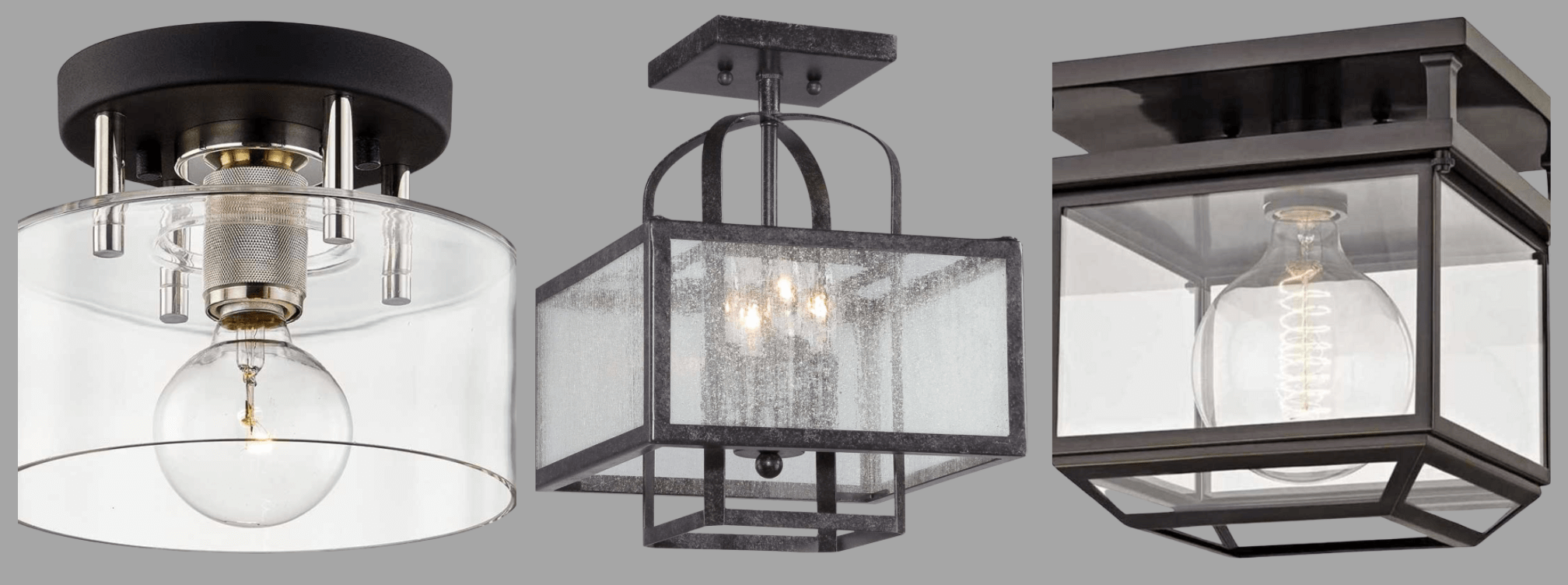
(Left) Troy Lighting Bergamot Station Carbide Black / Polished Nickel 1-light 8'' Wide Glass Semi-Flush Mount (Center) Minka Lavery Camden Square Aged Charcoal 11'' Wide Glass Semi-Flush Mount (Right) Hudson Valley Rutherford Old Bronze 11'' Wide Semi-Flush Mount, Available from TopModern
Semi-flush and flush mount lights are very similar to each other. Flush mount lights are set against the ceiling, with no dropping or dangling portion. Semi-flush mount lights can be dropped somewhat from the ceiling, making them a hybrid between pendant and flush-mount lights. Wires and chains are rarely visible in either flush or semi-flush mount lights but are occasionally seen in semi-flush lights. Both semi- and full-flush mount lights are most typically found in bedrooms and other spaces geared towards relaxation. This is because they are often equipped with frosted shades. Both are excellent for small rooms with shallow ceilings as they provide significant illumination without washing out the space.
The required intensity of each overhead light in your home will be determined by the activity conducted in each space. For instance, a bedroom will require bulbs offering fewer lumens (lowered brightness) than will a kitchen or office space. The placement of each light will also determine how much brightness and power is needed. For instance, an overhead pendant light affixed to a vaulted ceiling will likely require more lighting intensity. This is because the footprint needed to illuminate the space will extend much further than a light mounted lower. The location of your light will also determine the type of bulb chosen. There are two ideal choices to be made when determining lighting intensity. The first is to outfit overhead lights with LED bulbs. The second is to equip each light with a dimmer switch.

The United States Department of Energy recommends LED bulbs because they are longer lasting and are much more durable than incandescent and halogen bulbs. LEDs also offer better color matching and tonal quality than other bulbs while requiring less power. Bulbs that require more voltage to provide quality lighting are at a greater risk of burn-out, making them more dangerous. Similarly, other types of bulbs -- like fluorescents -- can contain harmful chemicals, making them a health hazard if they were to be broken. LED bulbs are an especially good choice for overhead lighting, because overhead lighting is used most consistently. As such, an energy-efficient bulb that does not burn too hot is ideal for ceiling lighting -- whether in a pendant light or recessed light. The US Department of Energy has touted LED bulbs for their contribution to home energy savings. The Department notes that LEDs -- particularly those that have earned an “Energy Star” rating -- can use up to 75% less energy than other bulbs. They can also last up to 25 times the amount of time an incandescent bulb can.
 Table by Elizabeth Burton (no credit needed)
Table by Elizabeth Burton (no credit needed)
One way to outline the superiority of LED bulbs is to understand the difference between wattage and lumens. “Lumens” measure how much light each bulb emits at its greatest level -- meaning before it is dimmed. As such, a bulb marked with a higher lumen count offers a brighter light than that of a bulb marked with a lower count. Many of today’s bulbs are marked with both wattage and lumens, but higher lumens does not equate to higher wattage -- nor vice versa. Wattage refers to the amount of power consumed by a bulb. In the past, the amount of electricity consumed -- “wattage” -- informed the consumer of how much light the bulb could emit. This was because energy expended determined how much light was outputted. Today, with energy-efficient bulbs like industry-leading LEDs, lumens are a more appropriate measure of light intensity. This is because LEDs use far less energy than other bulbs like CFLs or halogen bulbs -- fewer “watts” -- but offer brighter light. This means that the number of lumens is a better indicator of how your bulb will perform. If you would like to transition to LEDs, view the chart above to determine how to swap out existing bulbs.

During the day, residential lighting should reflect the changes in intensity of natural sunlight. Natural light helps maintain eye health, support brain health and protect the body’s circadian rhythm. As such, the best ceiling lighting for one’s home is that which is dimmable. Dimmable bulbs allow for transitional lighting. Transitional, dimmable lighting allows the user to choose high-intensity bulbs for bright light during the day. The light output of these bulbs can then be altered to match the soft light needed during evenings. Choosing dimmable bulbs for your ceiling lights will offer you bright light by which to work during the eight-hour workday. On the other hand, they will offer you gentle light by which to eat dinner, relax and wind down each evening after work. As you choose your bulbs, remember that warm, diffuse light is gentlest on the eyes -- especially over time.
This year, clear pendant lighting, frosted bulbs and monochromatic fixtures are all in vogue. Designers recommend geometric and linear pieces that add dynamism, intrigue and strength to a space while also offering gentle overhead lighting. Make a statement by hopping on the vintage interiors trend with antiqued metals -- gold, silver and bronze -- mixed with mock-milk glass. Make your home more romantic -- but also perfectly modern -- with softly cascading chandeliers outfitted with glass or shimmering metals rather than cut crystal. Check out our top three picks for the end of 2020 and the upcoming new year!
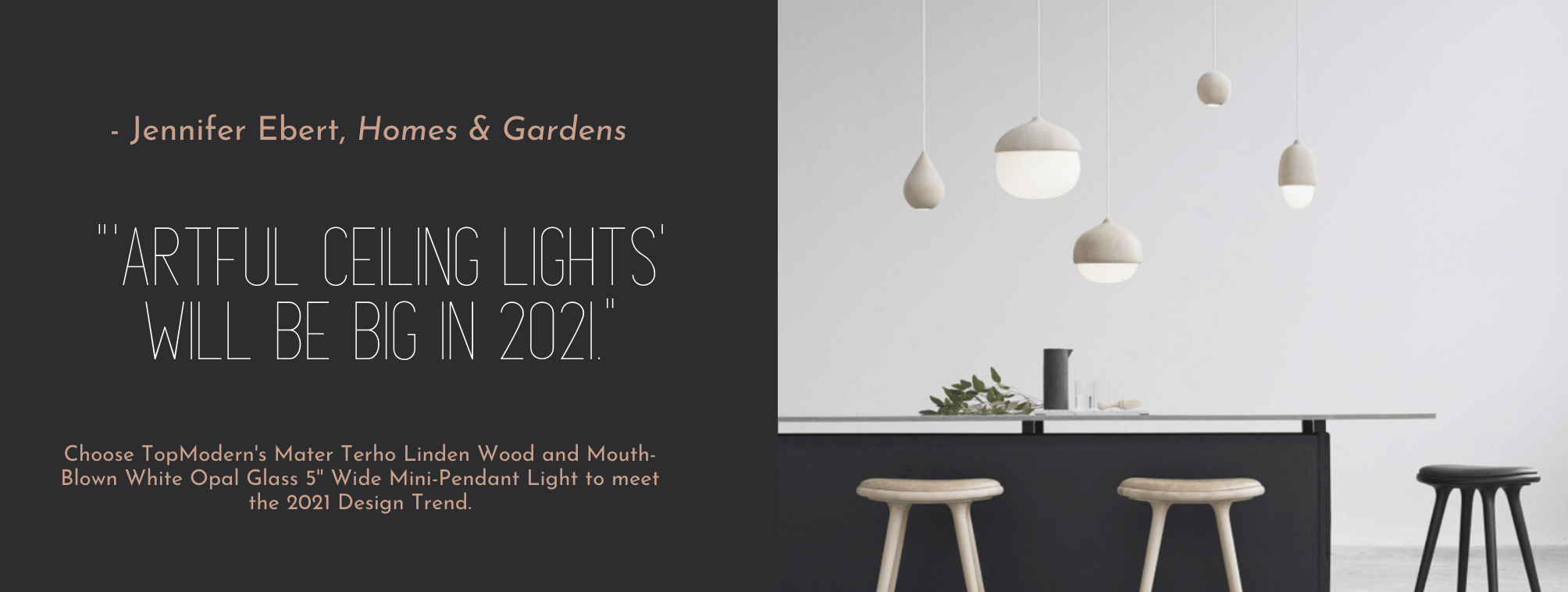
(Above) Mater Terho Linden Wood and Mouth-Blown White Opal Glass 5'' Wide Mini-Pendant Light, Available from TopModern

(Above) Corbett Lighting Dolce Champagne Leaf 7'' Wide Mini-Pendant Light, Available from TopModern
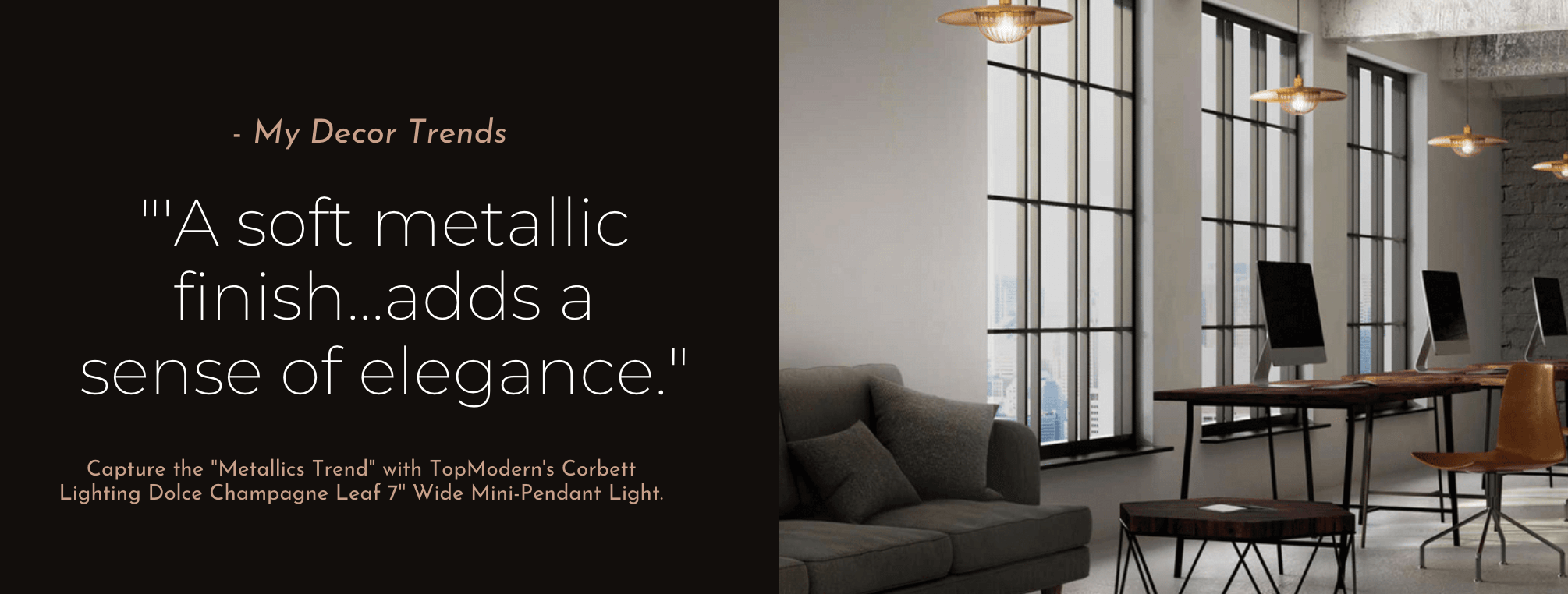
(Above) Eurofase Lighting Landigo Antique Brass 1-light 17'' Wide Pendant, Available from TopModern



